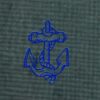Henk Schiffmacher
Good Luck
Vol. 2
€ 15,00 Oorspronkelijke prijs was: € 15,00.€ 7,90Huidige prijs is: € 7,90.
Good Luck tattoos are frequently worn by those who really need them: people you would not always call winners. Dices, eight-balls clover leaves, playing-cards, horse shoes: we use all of these symbols to appeal to lucky forces. And if they don’t help, at least you can say: you can’t win if you don’t play. This is the second volume in a series of publications dealing with major themes in tattoo art. They feature a superb selection of images covering the art and history of Western electric tattooing that are hand picked from the Schiffmacher Collection. These high quality, collectible publications elaborate on themes that can be admired, will inspire and educate, and be a source of tattoo motifs and designs.
Gerelateerde producten
kunst
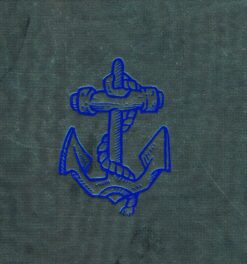
Henk Schiffmacher
Anchor
Literally a metal device that prevents a ship or boat from drifting, the anchor came to represent a sailor's last resort in stormy weather, a symbol of well-grounded hope. In early Christianity, hope was an anchor for the soul, as Christ was an anchor in life. The anchor as a synonym for steadfastness, strength, tranquility, and faithfulness: all these qualities help us to weather the storms of life. This is the fourth volume in a series of publications dealing with major themes in tattoo art. They feature a superb selection of images covering the art and history of Western electric tattooing that are hand picked from the Schiffmacher Collection. These high quality, collectible publications elaborate on themes that can be admired, will inspire and educate, and be a source of tattoo motifs and designs. ATM Publishinggeb - 128 blz
kunst
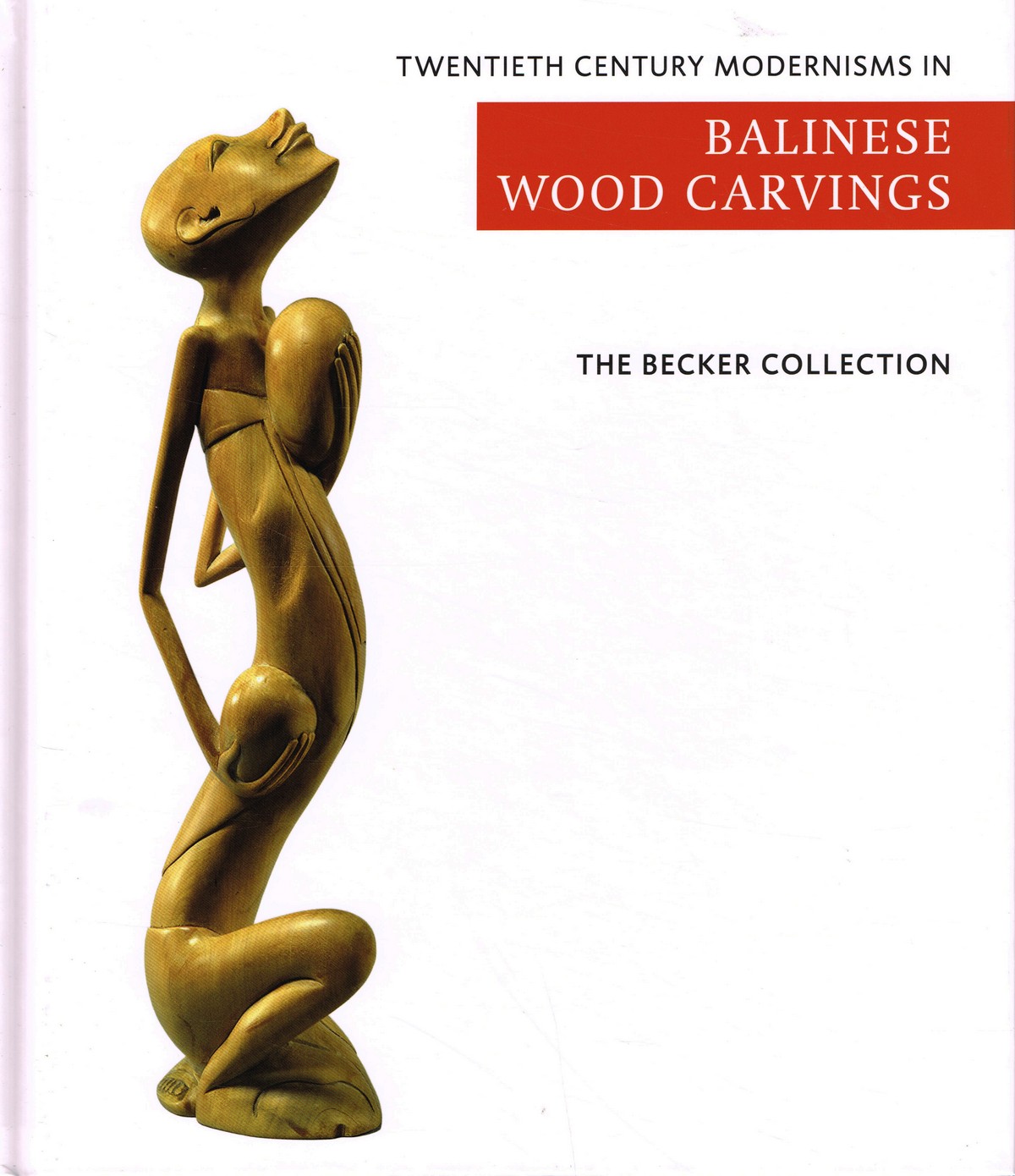
Ton & Mies Becker
Twentieth Century Modernisms in Balinese Wood Carvings
'The Becker Collection - Twentieth century modernisms in Balinese wood carving' contains the private collection of twentieth century ?modern style? Balinese wood carvings, collected by Ton and Mies Becker, both retired medical specialists and collectors of Asian art. Between the 8th and 10th century Hindu influences spread to Bali and blended into the exiting Balinese mix of animistic and Buddhist styles and subjects, known as Bali Aga. Hence, in due time the craftsmen obtained the subjects for their works from the Hindu-Balinese religion and their heroes and demons from famous Hindu epics. This particular style became known in the Western art world as the ?Traditional or Old Balinese style?. In the 20th century the arts and crafts scene in Bali changed completely. First because of Western artist who visited Bali and stayed on to work there and, second, because of the gradual influx of increasing numbers of foreign tourists. In addition the Dutch colonial government started a military campaign to control the powerful kingdoms of central and southern Bali. As a result the local craftsmen lost their royal support and soon realized that foreign tourists were not particularly interested in gods and heroes. Hence, stimulated by some of the Western artists who had settled in Bali, they turned to secular subjects taken from nature and everyday life and became more impressionistic in the execution. This led to a range of new styles, often impressionistic and sometimes even minimalistic and caricatural with bizarre elongated shapes or solid compact forms. In this book we are concerned with this particular type of 20th century ?Modern Style? Balinese wood carving. The catalogue contains 40 objects of ?modern style? wood carving, representing different styles. Each object is photographed, both as an overview and in details if so requested. A brief description of each object is provided, together with the estimated date, and additional information is provided if considered useful. The catalogue is preceded by an essay on the history of Balinese wood carving. Van Spijkgeb - 144 blz
kunst
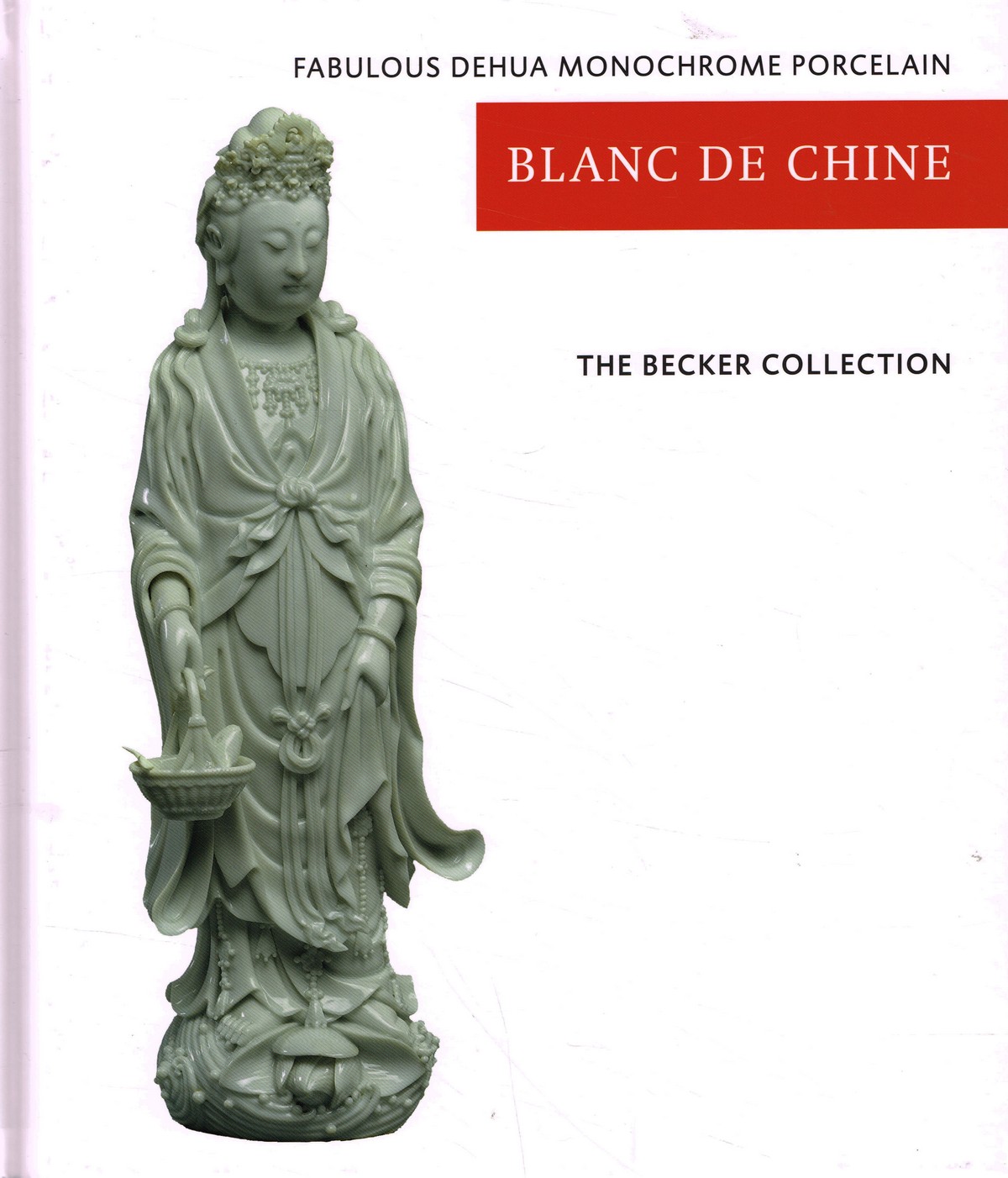
Ton & Mies Becker
Fabulous Dehua Monochrome Porcelain
Blanc de Chine' contains the private collection of monochrome porcelain from Dehua, collected by Ton and Mies Becker, both retired medical specialists and collectors of Asian Art. For many centuries the Chinese and Western elite adored the monochrome white porcelain wares made in Dehua, a district in the province of Fujian, bordering the south-easterly coast of China. The appeal being based on the combination of beautiful crafting and an aesthetic creamy glaze. It is this appeal which the authors experienced as an irresistible charm and the urge to start collecting this particular porcelain. A number of short essays has been included, not intended as an all-embracing academic account, but rather as introductory notes for those who develop an interest in collecting Blanc de Chine porcelain. These include considerations about the ?whiteness? of Blanc de Chine, the manufacture and main design categories of Blanc de Chine and the export to Europe. The catalogue of the collection is organised according to the main design categories and consists of photographs of each object, highlighting details if desired, a brief description of each item and explanatory notes to provide information about particular items that may need additional clarification, as well as the date of acquisition and provenance. Van Spijkgeb - 120 blz
kunst
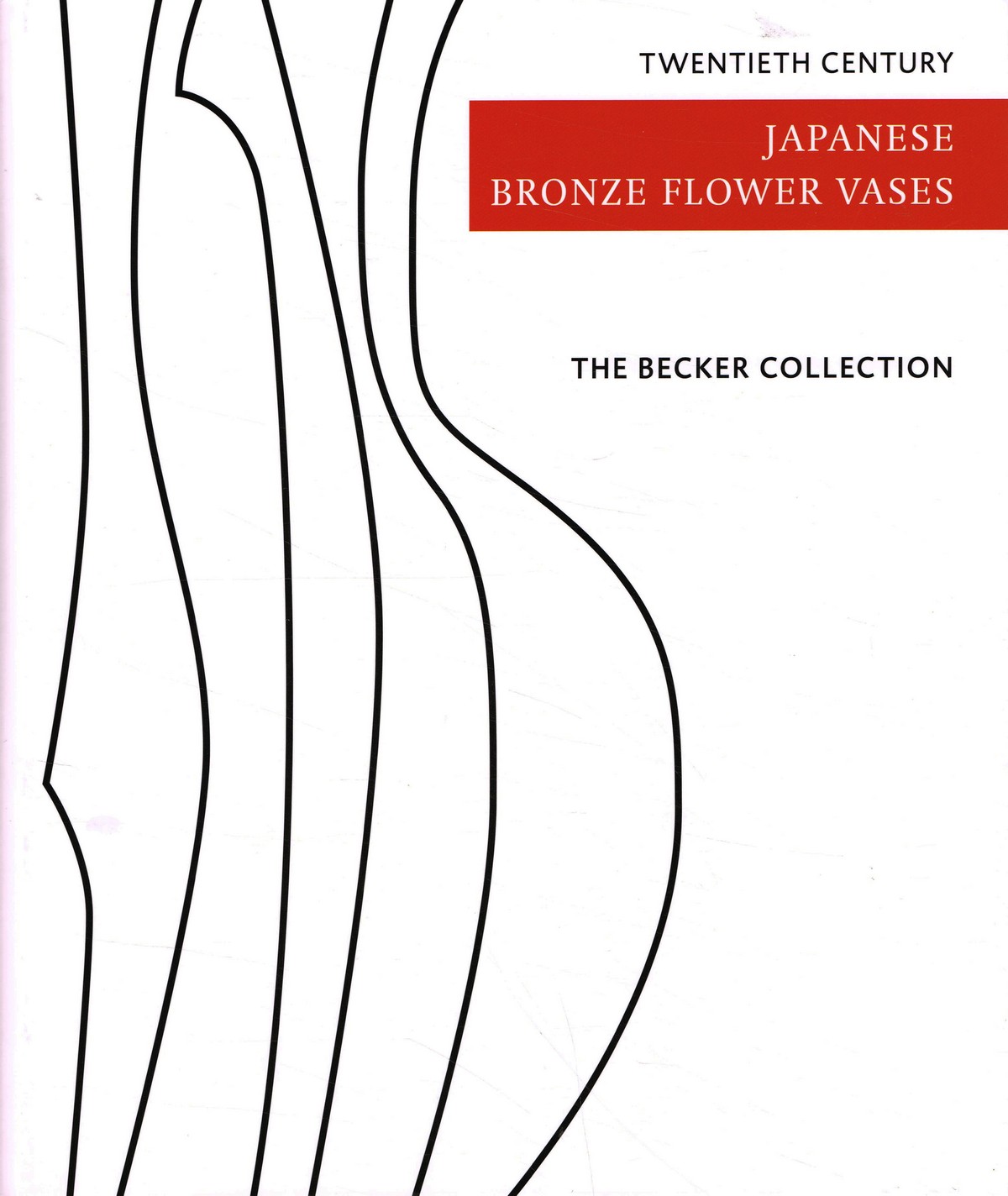
Ton & Mies Becker
Twentieth Century Japanese Bronze Flower Vases
'The Becker Collection - Twentieth century Japanese bronze flower vases' contains the private collection of twentieth century bronze flower vases compiled by Ton and Mies Becker, both retired medical specialists van collectors of Asian art. With the introduction of Buddhism in Japan in the sixth century, bronze containers for flowers to be placed on the altar became important religious objects. In the fifteenth century the Buddhist monk Senno Ikenobô founded the art of flower arranging, which started what nowadays is known as ikebana, the traditional Japanes way of floral art. Presently only the Ikenobô ikebana school still uses bronze flower vases, while all other ikebana schools use other materials like ceramics and bamboo. Following the Meije restauration (1868-1912) the Japanese art world was confronted with Western art styles, in particular the Art Deco movement. The twentieth century flower vases in this collection show a variety in shape and style, in part based on traditional Buddhist temple style vases and in part on the streamlined and geometrical style of the Art Deco movement, albeit often with a distinct 'Japanese touch'. A few introductory essays provide some background information about 'bronzes in Japanese culture', 'the patination of flower bronzes' and 'the tomobako (storage box)'. The catalogue of the vases is arranged according to the bronze worker and presented in alphabetical order in the traditional Japanese way, i.e. the family name first, followed by the given name. All vases are shown together with their tomobako -if available- and with their signature or seal. Brief biographical data are included once available. Van Spijkgeb - 168 blz
